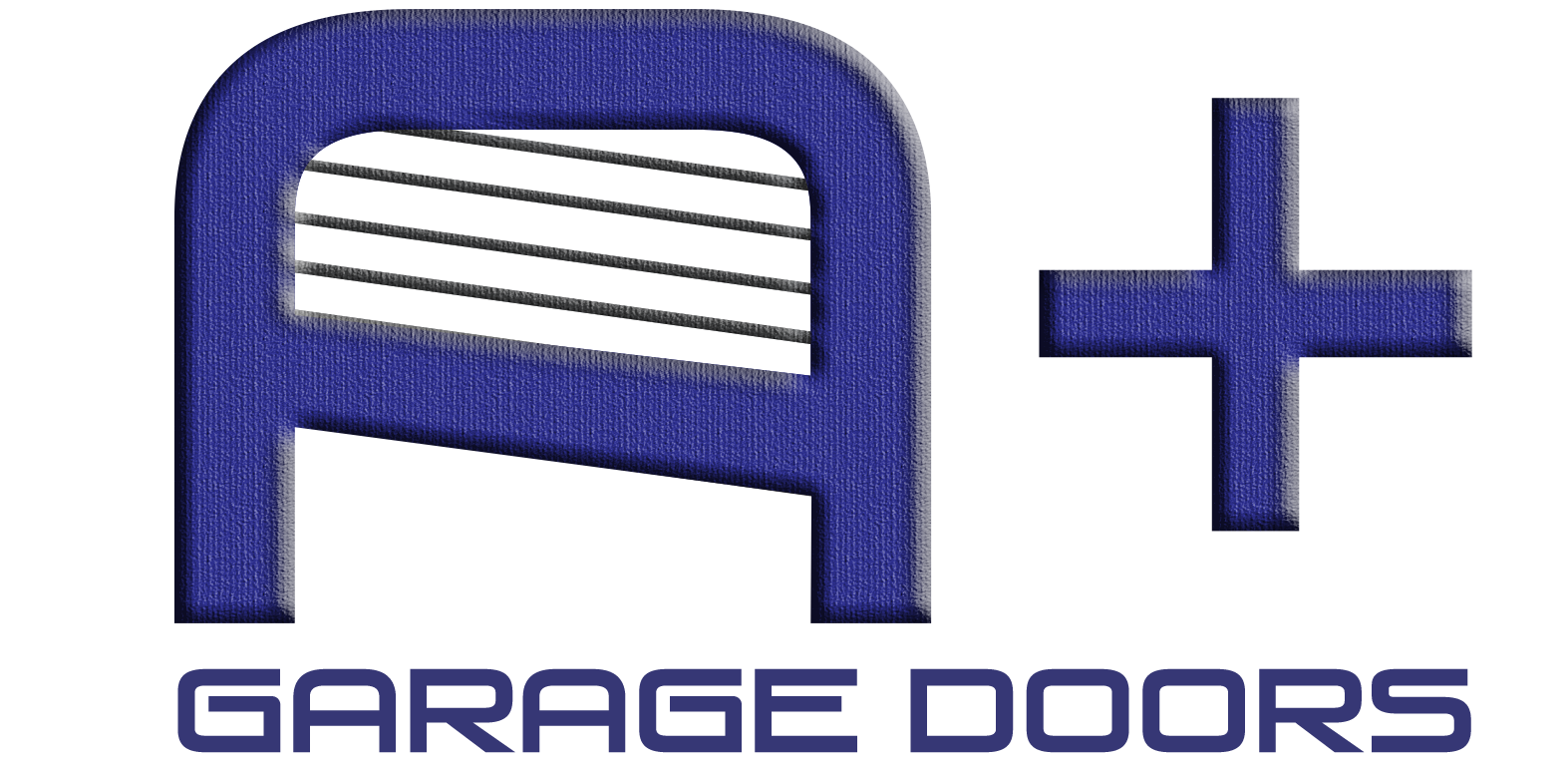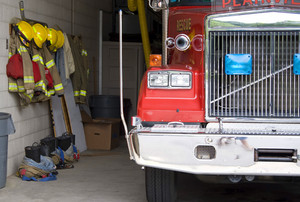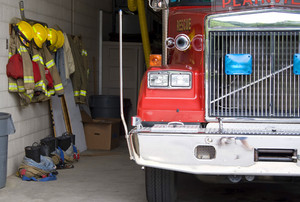I’ve heard many people say, “I don’t know anything about cars.” I’m sure you have too. But, if you really want to know how to repair your car, then read on.
First of all, you need to understand that when it comes to cars, most people have no idea what they are doing. They just want to get their car fixed so they can go back to work or wherever they are going. That’s why it’s important to know what you’re doing.
So, let’s talk about the basics of what happens when you drive your car.
When you turn the ignition key and start the engine, the starter motor starts the engine. The starter motor is connected to the crankshaft. When the engine is started, the crankshaft spins at a very high speed. The crankshaft has a flywheel on it which keeps the crankshaft spinning at the same speed even after the engine is turned off.
The engine uses the energy from the spinning crankshaft to power the pistons in the cylinders. As the pistons move up and down, the piston rings seal against the cylinder walls. This allows the air and fuel mixture to be compressed and then ignited. This process is called combustion. The resulting explosion pushes the piston down and drives the vehicle forward.
Now, the problem with this system is that the crankshaft is connected to the engine through a chain and sprocket drive. If you have ever had to replace the chain or the sprockets, then you know how difficult it is. You also know that this type of repair can take a long time. So, what can we do to fix this problem?
Well, the first thing we need to do is make sure that the engine is not over-revving. Over-revving occurs when the engine is running at an excessive speed. It causes damage to the engine, and eventually will cause the engine to fail.

So, how do you tell if your engine is over-revving? Well, there are several ways to do this. First, you can check the oil pressure gauge. When the oil pressure drops below a certain level, it means that the engine is over-revving.
Another way to tell if your engine is over revving is to listen for a strange sound. If you hear a high pitched noise, then the engine is over-revging. Another way to tell is by checking the engine temperature. If the engine is over-revting, then the temperature will rise above normal.
If you have checked the oil pressure and the engine temperature, and both are normal, then the next thing you need to do is check the oil. Most cars use a synthetic oil. Synthetic oils are designed to protect the engine from over-revving.
If you find that your oil is low, then you need to add some oil to the engine. The amount of oil needed depends on the size of the engine.
If you still have problems with your engine, then you may need to change the oil and filter. The filter is located under the hood. You should replace the oil and filter every 3,000 miles or every 6 months.
If you are having trouble getting the oil to drain out of the crankcase, then you may need to remove the pan. If you cannot remove the pan, then you need to replace the gasket. The gasket is located between the pan and the engine.
If your car is still having problems, then you need to take it to a mechanic. A mechanic will be able to determine the problem and help you to solve it.



